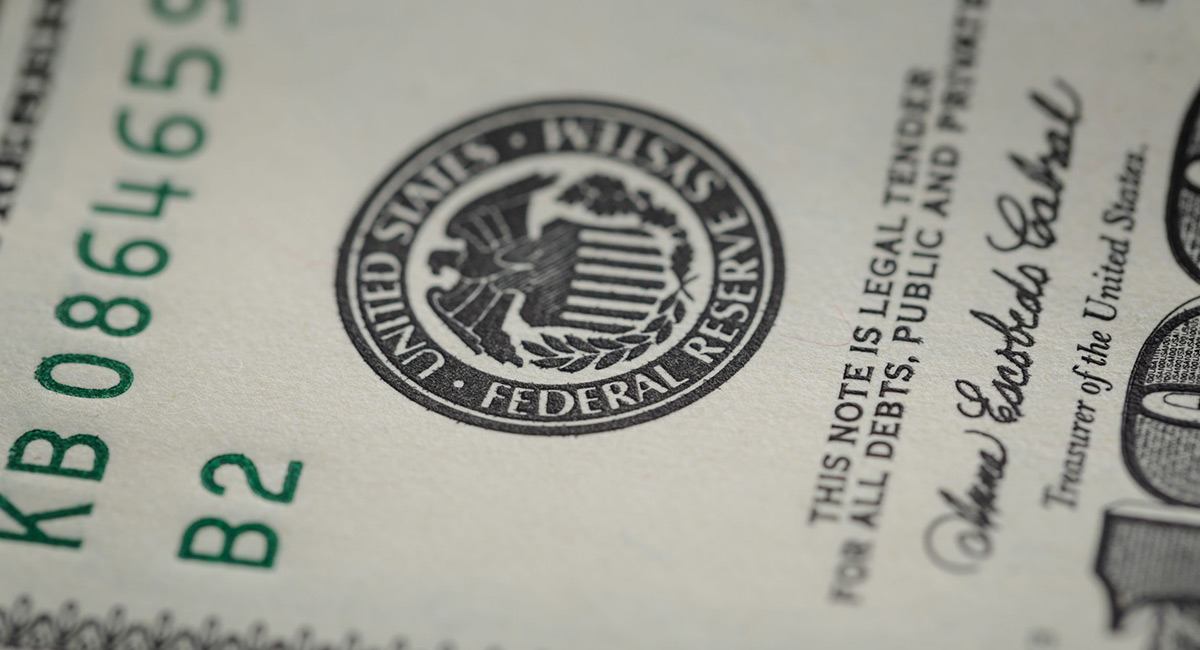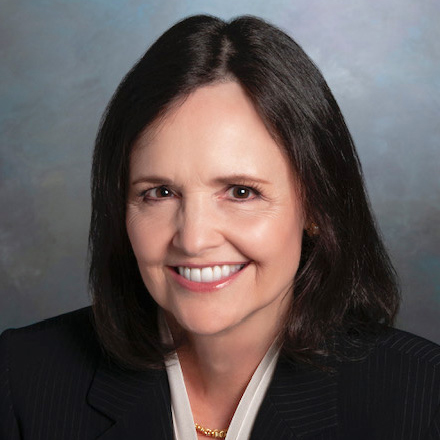What kind of views should a conservative-as-disruptor president with a pro-growth economic agenda seek in the next chairman of the Federal Reserve? What intellectual framework is best-suited to handle impending challenges to financial stability, both domestically and internationally?
The traditional dichotomy of “hawk” versus “dove” has broken down. What used to pass for a prudent hard-money advocate—someone who would take away the punch bowl as the party was starting by raising interest rates—might look today like an outright saboteur. Yet someone who continues to embrace abnormally low interest rates seems guilty of perpetuating the monetary favoritism that channels rewards to big investors, big business and big government.
It isn’t an easy choice for President Trump. As a developer, he appreciated the benefits of inexpensive capital. Still, as he acknowledged early in his campaign, it isn’t fair that workers who behave responsibly—who sacrifice to save in their bank accounts—end up “getting creamed” by low rates.
Complicating the decision further: Whatever path the next Fed chairman takes on interest rates will affect the value of the dollar in foreign exchange markets in ways that could damage growth prospects. Tentativeness in moving forward to “normalize” monetary policy would project economic uncertainty and a lack of faith in the benefits of tax and trade reform; a weakening dollar signals weakening resolve. But there are also dangers in raising rates too aggressively. While a strengthening dollar reflects confidence, it also threatens global financial stability.
The latest quarterly report from the Bank for International Settlements, issued in September, shows total dollar borrowing outside the U.S. reached $10.7 trillion in the first quarter of 2017—about 6% higher than a year earlier and up 83% since 2009. Roughly a third of that is owed by borrowers in emerging-market countries. If the value of the dollar goes up against their local currencies, it could trigger widespread regional defaults.
The unpredictability of exchange rates renders economic and financial outcomes vulnerable to currency shifts induced by monetary policy. BIS researchers Claudio Borio, Robert Neil McCauley and Patrick McGuire point out in a special feature on “missing global debt” that regulators overlook trillions of dollars borrowed and lent every day through currency swaps in the foreign exchange market. These transactions are not recorded on balance sheets even though they function as debt-like obligations vulnerable to maturity mismatches and liquidity stresses.
Of the $58 trillion of outstanding foreign exchange swaps and related exposures—three-quarters of which matures within one year—90% is denominated in dollars, and an estimated $13 trillion to $14 trillion is owed by nonbanks outside the United States. For perspective, world-wide gross domestic product is about $75 trillion and global trade volume about $21 trillion.
The crux is that the next Fed chairman will likely be confronted with currency market pressures, and the usual labels and criteria may not prove helpful. The task ahead is not only to forge a monetary path that reconnects the availability of credit to the needs of the real economy, but also to ensure the dollar is sound.
Forget hawks and doves—this job needs a woodpecker, someone who’ll hammer away at the importance of stable money. The goal: not a strong dollar or a weak dollar, but a dependable dollar.
Mike Pence emphasized the need for a solid monetary foundation when he told the Detroit Economic Club in December 2010 that the Fed “should focus exclusively on price stability and protecting the dollar.” He observed that “sound monetary policy is the foundation of our prosperity.”
If money is not stable, if the dollar does not serve as a reliable unit of account, the incentives created by tax reform can easily be offset by exchange-rate movements. An American company that moved overseas may be attracted to return by a reduced corporate tax rate but put off by potential currency losses. The same applies to trade. As former Fed chief Paul Volcker has noted: “Trade flows are affected more by 10 minutes of movement in the currency markets than by 10 years of (even successful) negotiations.”
The proven formula for economic growth requires all elements working together to support entrepreneurial endeavors. When the dollar was linked to gold during the 1950s and ’60s—the central tenet of a rules-based international monetary system—middle-class income gains were dramatic. The 2015 Economic Report of the President refers to that era of stable exchange rates as an “Age of Shared Growth” with rising labor productivity and falling income inequality.
The Fed should focus on stable money as a key factor in economic performance. Given that central banks today are the world’s biggest currency manipulators, it’s imperative that the next chairman prioritize the integrity of the dollar. Otherwise, it’s just birds of a feather.









